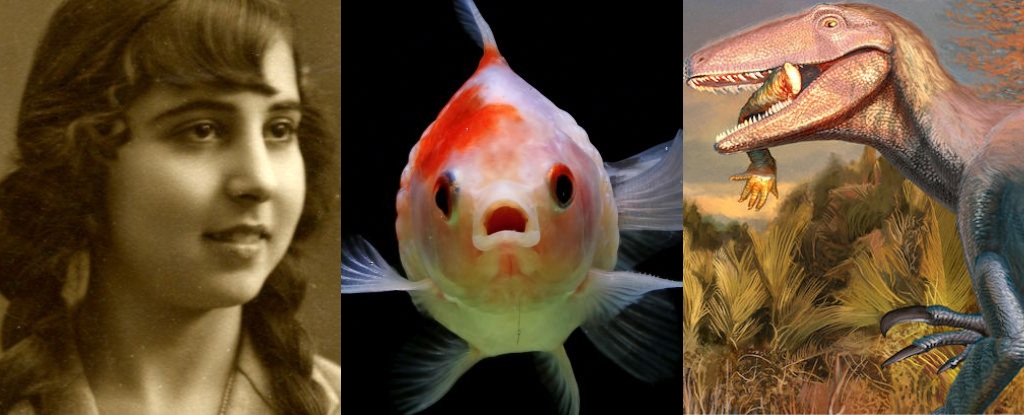
This week has seen significant advancements in the scientific community, covering topics from geological finds to genetic mysteries. Notably, the world’s second-largest diamond, the Motswedi, is undergoing analysis in Botswana, while a DNA study of a 117-year-old woman reveals secrets of longevity. Additionally, a surprising link between fish biology and human anatomy has emerged, alongside promising findings regarding colorectal cancer treatment.
Analysis of the World’s Second-Largest Diamond
The Motswedi, a colossal 2,488-carat diamond, is currently being evaluated for potential sale following its discovery in Botswana. Margaux Donckier, public affairs director at HB Antwerp, highlighted the rarity of such stones, indicating they could either be sold to private collectors or end up in museums. The evaluation process will determine its future, with experts keenly interested in its value and potential uses.
Genetic Insights from a 117-Year-Old Woman
A groundbreaking DNA analysis of a woman who lived to be 117 years old has uncovered genetic variants linked to longevity and health. The study suggests her genetic makeup contributed to a robust immune system and an exceptionally healthy gut microbiome. Remarkably, she exhibited low levels of ‘bad’ cholesterol and high levels of ‘good’ cholesterol, indicating optimal heart health. These findings could provide new avenues for research into aging and longevity.
Meanwhile, a study has revealed that a common medicine may play a role in reducing the recurrence of colorectal cancer. Research indicates that low daily doses of aspirin could decrease the risk of cancer returning by up to 55 percent over a three-year period. Participants taking aspirin had a recurrence rate of 7.7 percent, in contrast to 14.1 to 16.8 percent for those on a placebo, depending on genetic mutations.
Fish Biology’s Surprising Connection to Human Anatomy
In an unexpected twist, researchers have proposed that the evolutionary origins of human fingers may be traced back to fish. A recent study suggests that the genes regulating digit development were once responsible for the formation of fish cloacas. This discovery highlights nature’s efficiency in repurposing existing genetic tools, shedding light on the complex evolutionary history of vertebrates.
Additionally, in Argentina, paleontologists have identified a new species of megaraptor. This dinosaur was found with a crocodile leg bone still lodged in its mouth, suggesting a possible struggle for food. The evidence indicates interaction between the predator and its prey, providing a unique glimpse into the behavior of these ancient creatures.
As scientific exploration continues to yield fascinating results, these discoveries not only expand our understanding of the natural world but also hold the potential to impact human health and our comprehension of evolutionary history. The ongoing research into these areas will likely reveal even more insights in the coming months.






